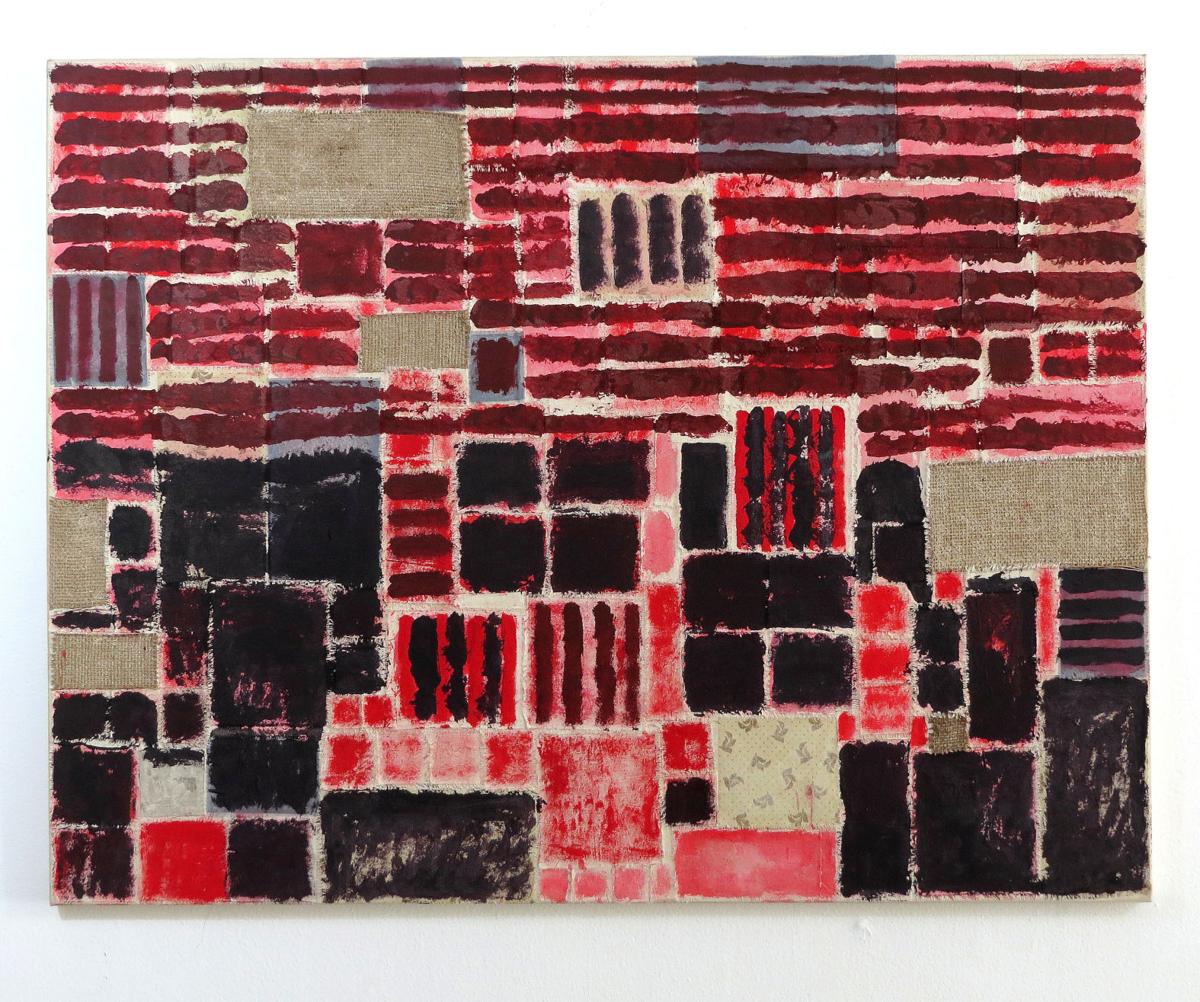He is one of Cuba’s most famous artists.
Juan Roberto Diago Durruthy, who usually goes by Roberto Diago, or simply Diago, makes paintings, sculptures, installations, mixed-media pieces and more. His work has been featured at two Venice art biennials, and he is represented in New York City by Magnan Metz Gallery.
And now Charleston-area residents and visitors will have a chance to see Diago’s work, which will be exhibited Jan. 19 through March 3. The show, called “La Historia Recordada,” will feature art, lectures and films. It runs concurrently with the College of Charleston’s campus-wide project called “Cuba en el Horizonte” (“Cuba on the Horizon”), an interdisciplinary project that includes art shows, movie screenings, lectures, courses, newly penned essays and performances.
via Halsey to show works by Cuban artist Roberto Diago | Features | postandcourier.com

 Brussels, Oct 15 (Prensa Latina) The Cuban Culture Day in Belgium will be dedicated to jazz, a musical genre in which many musicians from the Caribbean nation have made relevant contributions.
Brussels, Oct 15 (Prensa Latina) The Cuban Culture Day in Belgium will be dedicated to jazz, a musical genre in which many musicians from the Caribbean nation have made relevant contributions.










